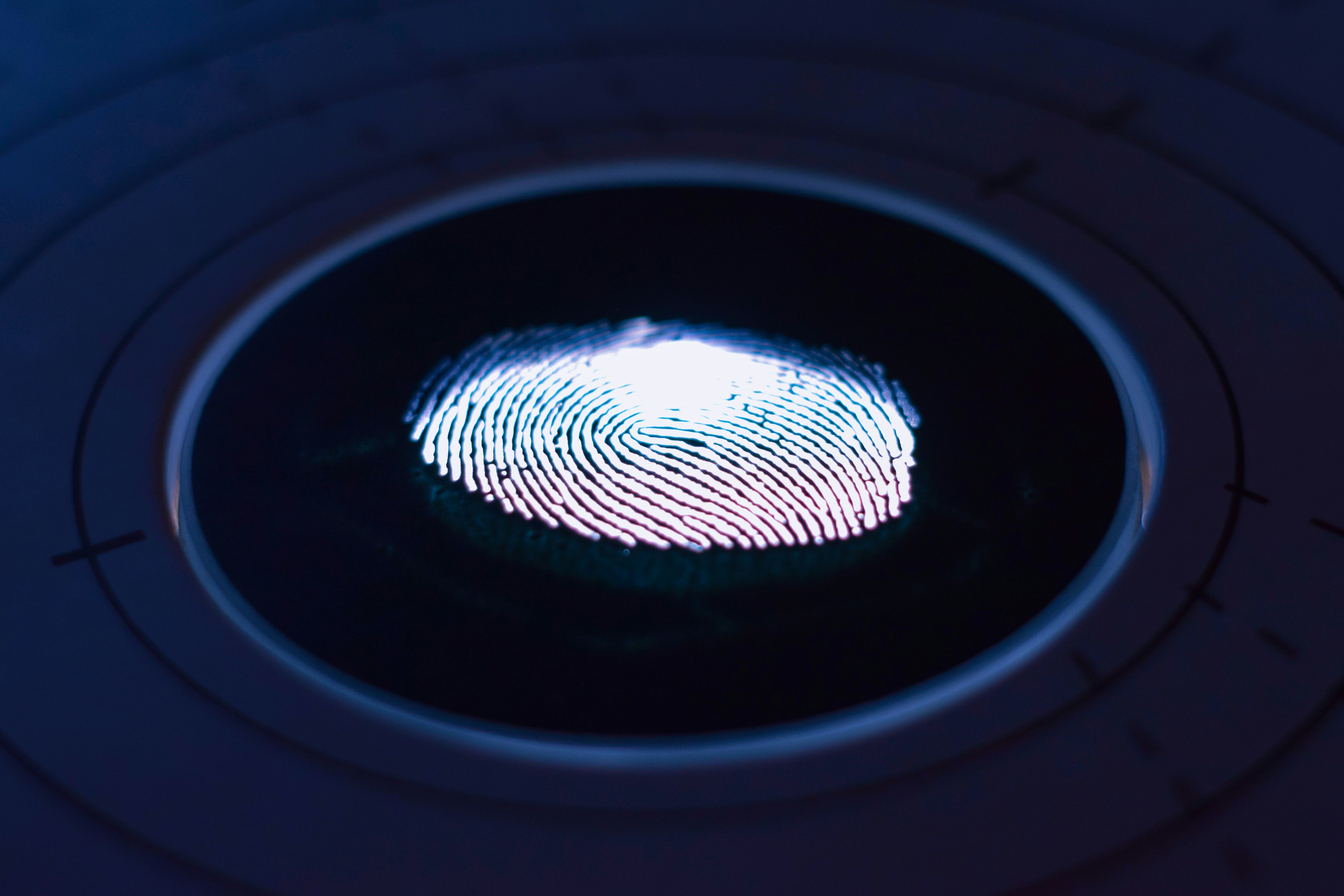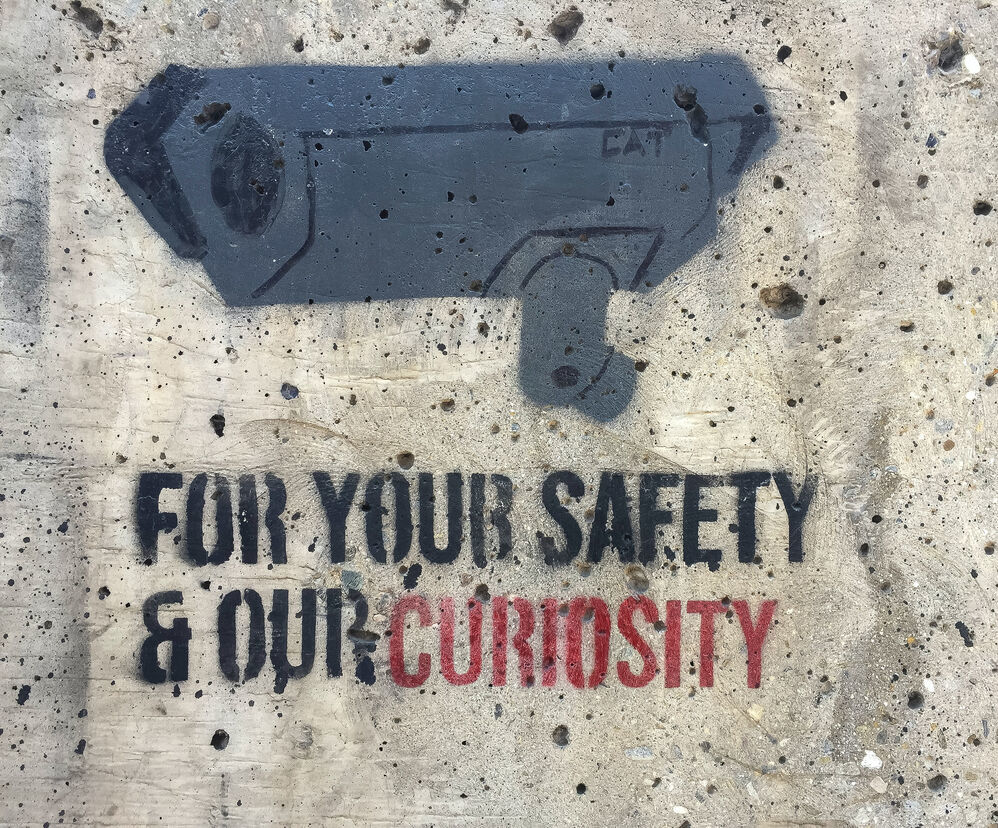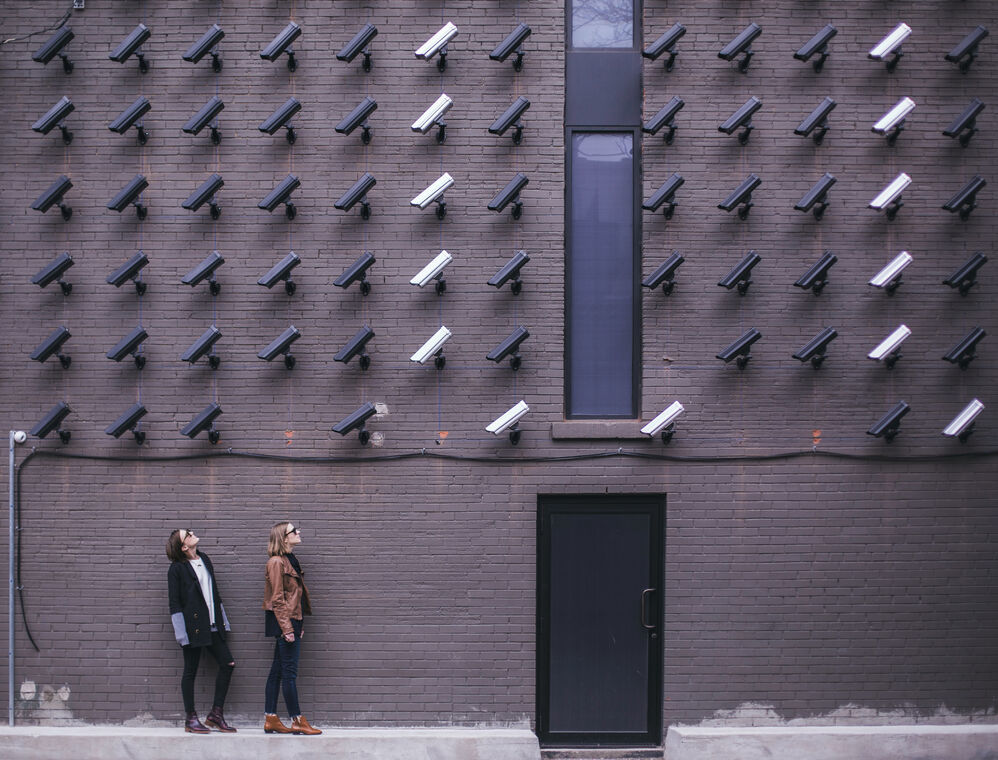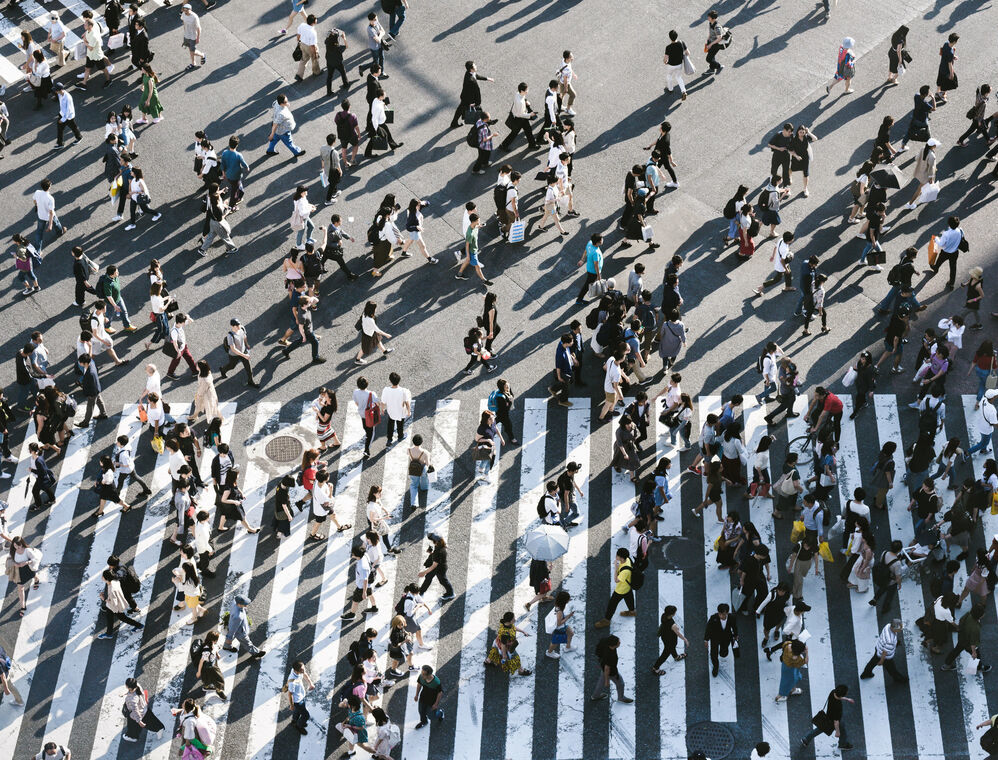
What once seemed futuristic has long since become reality: Cameras that recognise faces, systems that analyse voices, sensors that register movement patterns. Biometrics, i.e. the identification of people based on their physical or behavioural characteristics, is seen by many as progress: efficient, convenient and secure. However, a silent danger is growing in the shadow of technology: the normalisation of extensive surveillance.
The Illusion of Security

The original idea of biometric systems was to simplify the identification of people and at the same time make it more secure. After all, a fingerprint or facial scan cannot be lost or forgotten like a password or ID card. Biometrics was seen as a modern tool for security and convenience, for example, when unlocking a smartphone or during automated passport control at airports.
However, as this technology becomes more widespread, its downsides are also becoming apparent. After all, biometric features are not just data, they are part of our identity. They not only reveal who we are, but in some circumstances also how we feel, where we go or who we meet. Anyone who has access to such data not only gains control, but also power over individuals, groups and ultimately entire societies.
The Transparent Citizen

The use of facial recognition technology in public spaces is particularly worrying. In China, for example, an extensive network of cameras is used to identify and track citizens in real time. This system is not only used to combat crime, but is also a central component of the so-called social credit system. [1]
The trend towards surveillance is also clearly noticeable in liberal democracies. In London, for example, the police have repeatedly trialled the use of mobile facial recognition. An analysis by the University of Essex came to the conclusion that false matches were generated in up to 81% of cases. In Germany, digital surveillance measures are also to be massively expanded. [2]
One particularly sensational case occurred in the USA in 2019, when Robert Williams, an African-American from Detroit, was falsely accused and arrested by a facial recognition system - even though he was demonstrably not at the scene of the crime at the time. The case led to international criticism of the technology and its tendency to reinforce racial bias. [3]
Large tech companies such as Facebook also used facial recognition for years to automatically tag people in photos. It was not until 2021 that the company announced that it would deactivate this function worldwide, citing data protection concerns and regulatory pressure. [4]
Invisible Systems and Irreversibility

A particular problem with biometric surveillance is its invisibility. While traditional surveillance measures, such as police officers on the street or metal detectors, are visible and can therefore be criticised, biometric systems often work behind the scenes. Cameras recognise faces as they pass by, microphones pick up voices in the background. The person concerned may not even notice that they are being recorded, analysed and evaluated. This invisibility makes resistance difficult and social debate all the more urgent.
Another problem is the inalterability of biometric data. If a password is stolen, it can be changed. If a fingerprint or facial recognition is compromised, this is hardly possible. The Chaos Computer Club, for example, demonstrated back in 2014 how the fingerprints of politicians can be reconstructed from publicly accessible image material. A vivid example of the long-term risks of biometric storage. [5]
Rules for Technological Progress
Of course, there is no denying that biometric technologies also have positive aspects. They can be used sensibly in certain security areas, such as airports or high-security zones. They could also help to recognise illnesses at an early stage in the medical field in the future. However, these advantages should not obscure the fact that with every new biometric system we relinquish some control over our identity.
Technological progress cannot be stopped and rules should not be an end in themselves. But progress can be shaped by a clear legal framework, public debate and a critical civil society. Transparency, accountability and, above all, the consistent application of the principle are needed: What is technically possible is not automatically legitimate.
Conclusion
Biometrics can increase security under certain conditions. However, if it leads to complete surveillance, we not only lose our anonymity in public spaces, but we also lose part of our freedom. The question is not whether we should use the technology, but how and in whose interest.
Quellen
[1] Human Rights Watch (2019): China's Algorithms of Repression. Online at: https://www.hrw.org/report/2019/05/01/chinas-algorithms-repression/reverse-engineering-xinjiang-police-mass
[2] University of Essex (2019): Report on the police use of facial recognition technologies identifies concerns. Online at: https://www.essex.ac.uk/research/showcase/report-on-the-police-use-of-facial-recognition-technology-identifies-significant-concerns
[3] American Civil Liberties Union (2024): Williams v. City of Detroit. Online at: https://www.aclu.org/cases/williams-v-city-of-detroit-face-recognition-false-arrest
[4] Jerome Pesenti (2021): An Update On Our Use of Face Recognition. Online at: https://about.fb.com/news/2021/11/update-on-use-of-face-recognition/
[5] Chaos Computer Club (2014): Fingerabdruck-Biometrie endgültig nur noch Sicherheitsplacebo. Online at: https://www.ccc.de/de/updates/2014/ursel